National Dormouse Footprint Tunnel Survey
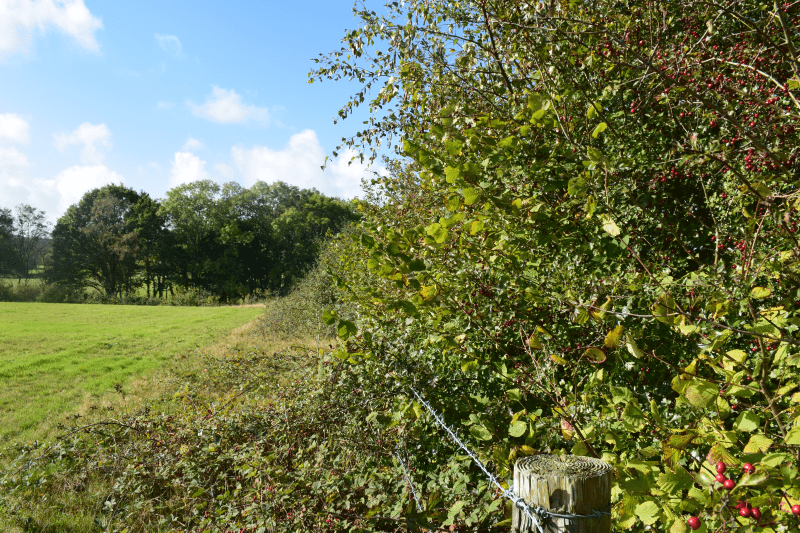
Hazel dormice are a rare, and declining species in Britain. Until now, there has been no systematic survey of hazel dormice in Britain. The National Dormouse Footprint Tunnel Survey is based on using footprint tunnels to detect to presence of dormice in hedgerows. The condition of the hedgerow will be assessed using the Great British Hedgerow Survey.
A new method using footprint tunnels has recently been developed where associated probability scores to detect dormice using varying levels of survey effort have been calculated. These probability scores are habitat dependent. It is both easier to identify a hedgerow, rather than some other habitats, and easier to detect dormice using them. The National Dormouse Footprint Tunnel Survey will be based on a search for dormice in hedgerows rather than any other habitat. Footprint tunnels are relatively easy to use and can be used by people who do not have a dormouse licence as the likelihood of encountering the animals in a tunnel is rare.
The Great British Hedgerow survey is the standard hedge survey in Britain and will give information on hedge condition and provide management advice. A dormouse survey undertaken in conjunction with a hedge survey will give an indication of dormouse occupancy of hedge type or dormouse absence from hedge type.
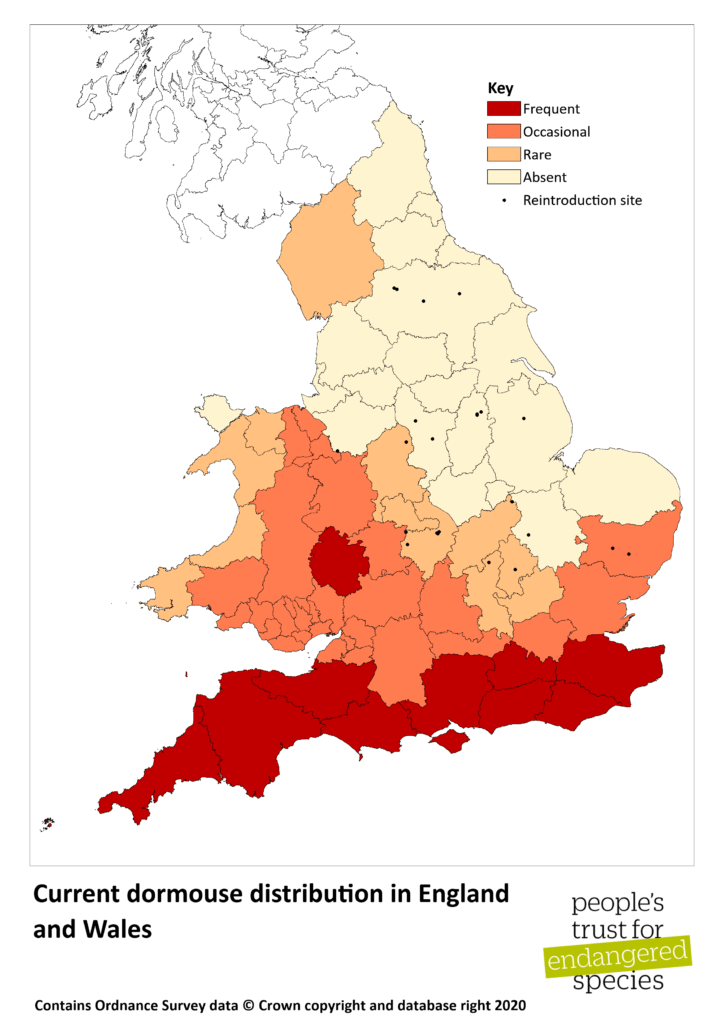
- Dormouse survey effort should be focused both within and at the borders of the current known dormouse range (see map above)
- First find your hedge – you need to select approximately 300m of good quality hedge, or connected hedgerows in which footprint tunnels can be placed
- Landowner permission must be sought and granted
- 20 footprint tunnels are put in the hedgerow approximately 15m apart and checked every two weeks for two months
- A two-month survey will actually take 10 weeks (the first two weeks to counteract animals’ distrust of new objects in the environment before the survey actually starts). It will require six visits
- The dormouse survey must be completed between May and October
- Be aware that while only one dormouse survey needs to be completed, the hedgerow selected may require more than one hedgerow survey
- Complete the hedge surveys at any time that the dormouse survey is running
- Submit the dormouse survey and hedge survey results to PTES along with any evidence of dormouse presence
Finding a site
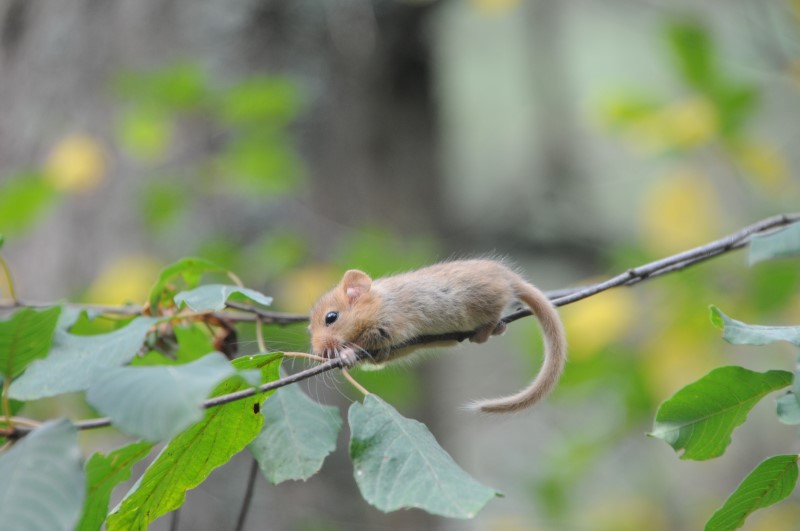
The surveys will all be conducted in hedgerows so you’ll need to have a suitable hedgerow in mind. It should be approximately 300m of a single hedge or 300m of connected hedgerows.
Perhaps driving around you have seen a hedgerow that you think might be an ideal place to survey for dormice – you might have been talking to a local farmer and they have even suggested it.
You will need to identify the location and get landowner permission.
Getting landowner permission
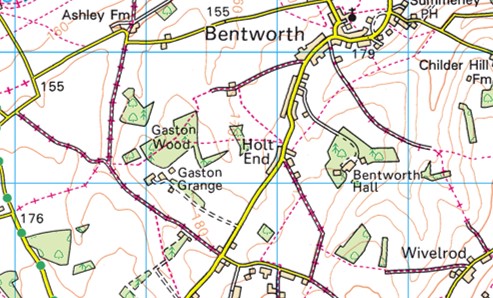
Once you’ve selected some suitable sites, you’ll need to obtain permission to survey at least one of them.
Some owners may be obvious. It’s likely that any hedges around Gaston wood, for example, are owned by the owners of Gaston Grange and so a knock on the door and asking may get the permission to survey.
If there isn’t an obvious owner, the local parish council can be a good source of information.
Another source is www.magic.defra.gov.uk. Input the grid reference for your area of interest. Tick the ‘land based schemes’ in the table of contents and this will highlight areas where agri-environment schemes are in place. Clicking on the information button on the menu bar will show detail on the area highlighted, sometimes showing ownership information.
A landowner letter is available to give to landowners to inform them of the project and a landowner form should be completed by them to give us permission to use the data.
The Great British Hedgerow Survey
Once you’ve found a hedge and got landowner permission, you’ll need to plan the surveys. Please be aware that while only one dormouse survey needs to be completed, the hedgerow selected may require more than one hedgerow survey.
For the dormouse survey you will need at least 300m of continuous hedge.
The hedgerow survey is more precise in its definition of where a hedge starts and ends. For this survey, we define a ‘start’ and ‘end’ point for the hedge, which we call ‘nodes’.
Nodes are where:
- another hedge meets your hedge
- there is a gap in the hedge of 20m or more
- hedge structure changes dramatically for 20m or more
- your hedge meets another feature such as a wall or woodland
- your hedge turns a corner of 90 degrees or more
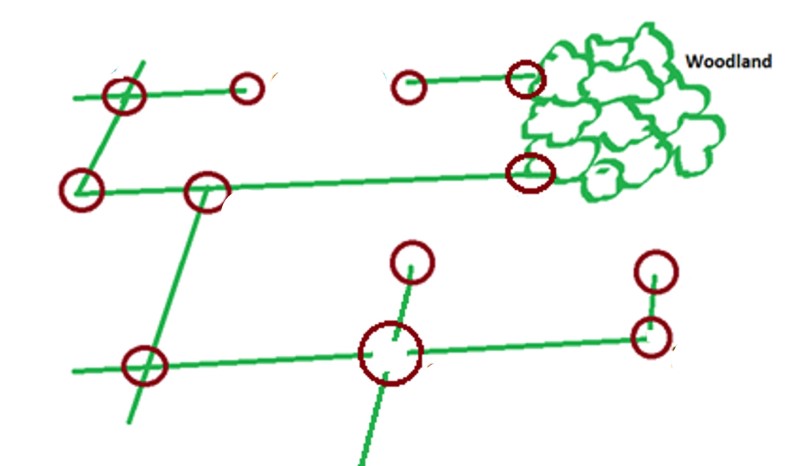
To identify the location of the hedgerows, go to Googlemaps and enter a postcode or local town or village to get to your area of interest.
Change the view to satellite and identify the hedgerow you wish to survey. In the example below, the village shown is Bentworth in Hampshire.
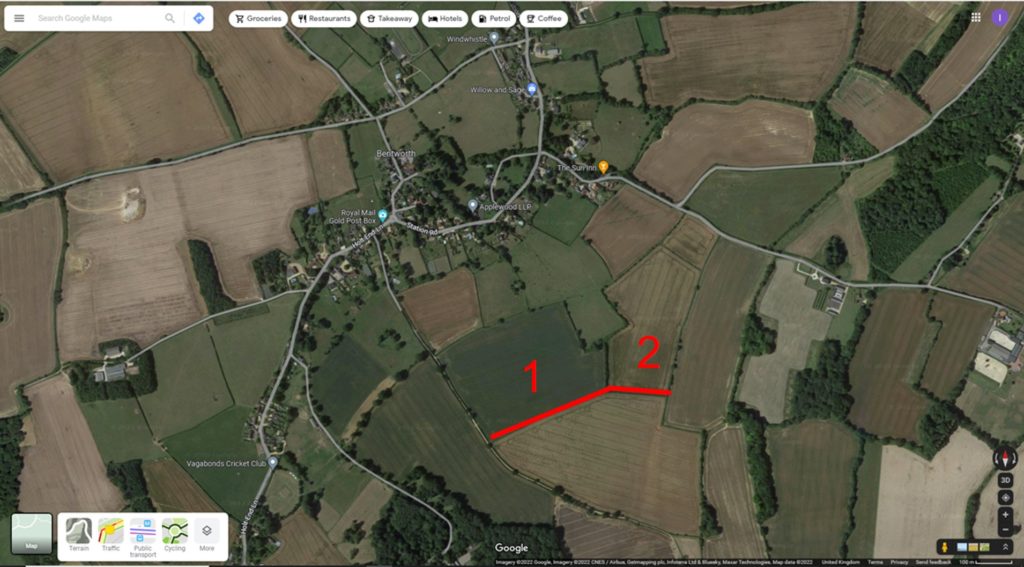
Red line shows where one dormouse footprint tunnel survey will be conducted. But two hedgerow surveys will be required.
Right click on the start of the hedge; this will bring up a menu with the lat, long location at the top. Left click on the location data to copy the information to your clipboard.
In the example shown:
| Hedge 1 Start 51.15101443573986, 1.0473865920052565 | Hedge 2 Start 51.15227852377668, 1.0427057755738822 |
| Hedge 1 End 51.15227852377668, -1.0427057755738822 | Hedge 2 End 51.15218272590554, 1.0402435910299581 |
The Great British Hedgerow survey form to complete for each hedge is available to download here:
You can find detailed instructions on how to complete the form here:
And use this guide to help you use dormouse footprint tunnels:
Submit data for the National Dormouse Footprint Tunnel Survey (NDFTS) here:
